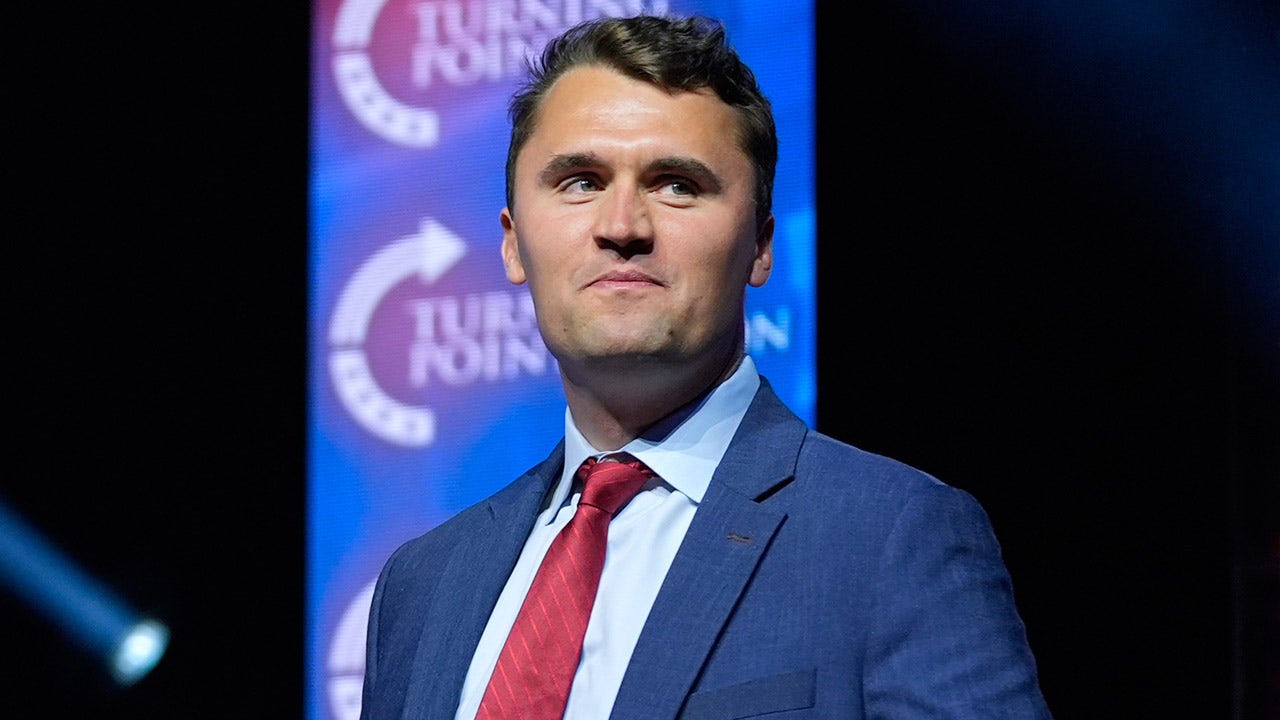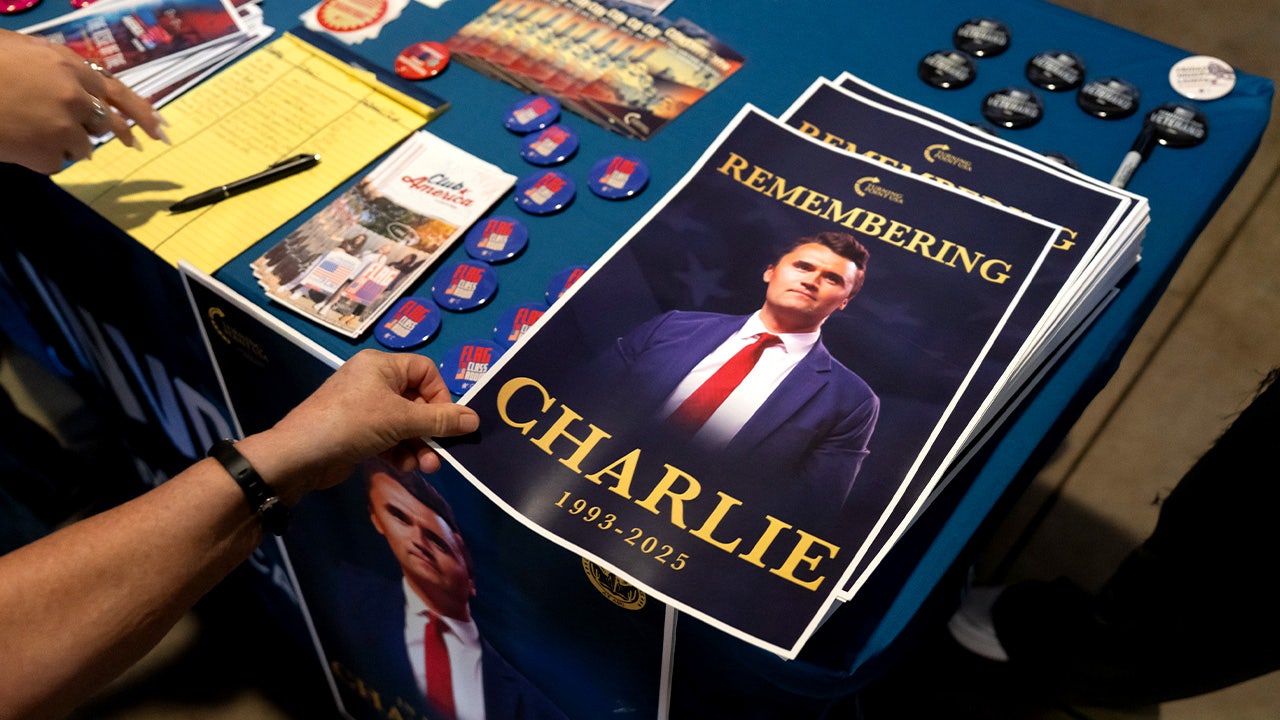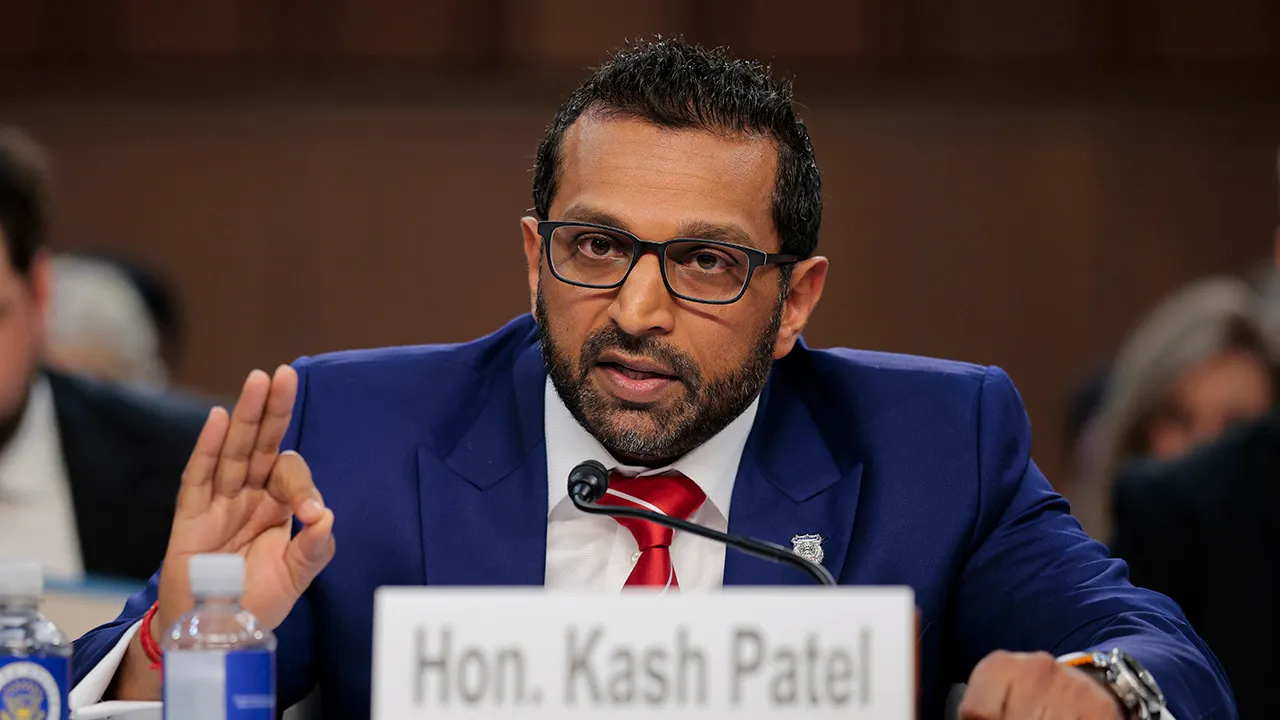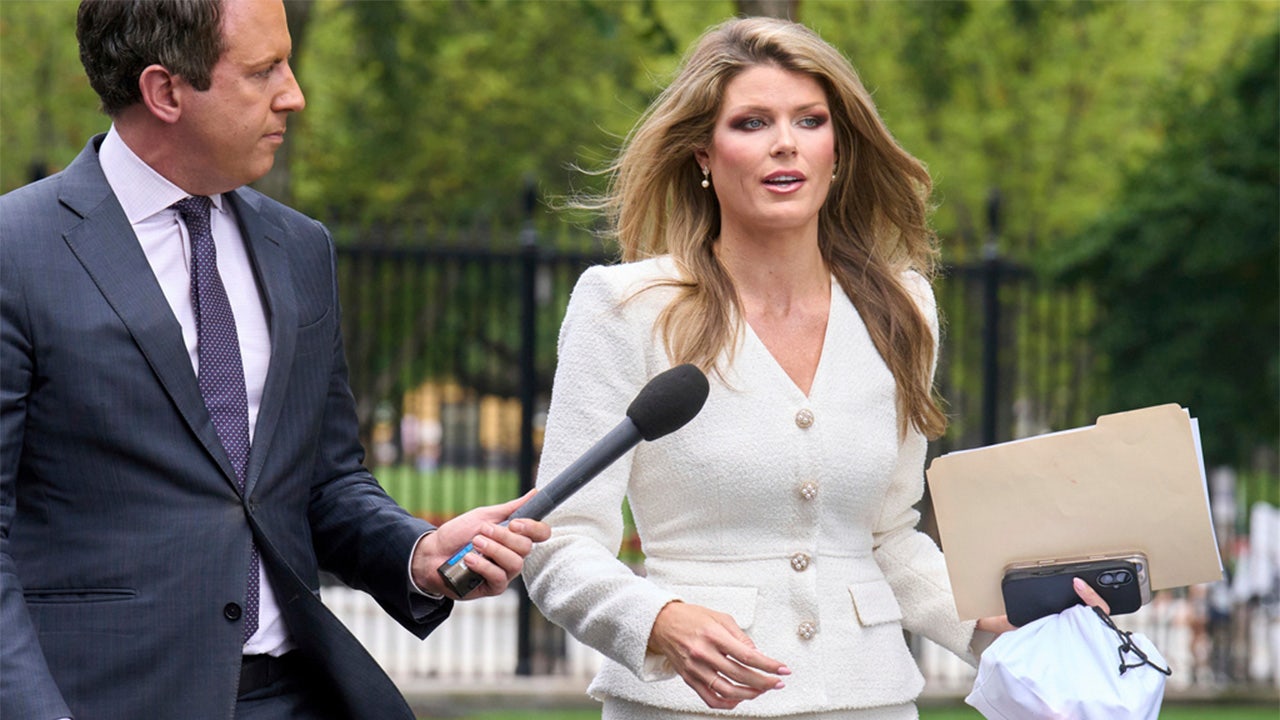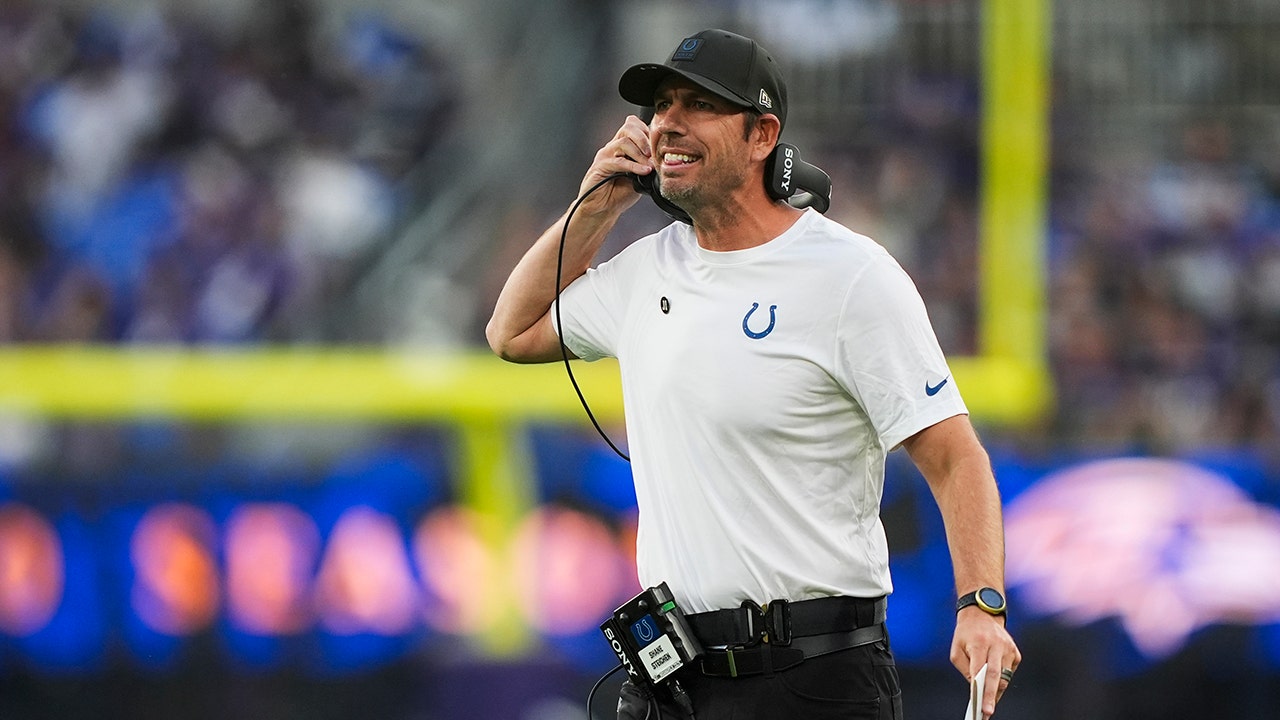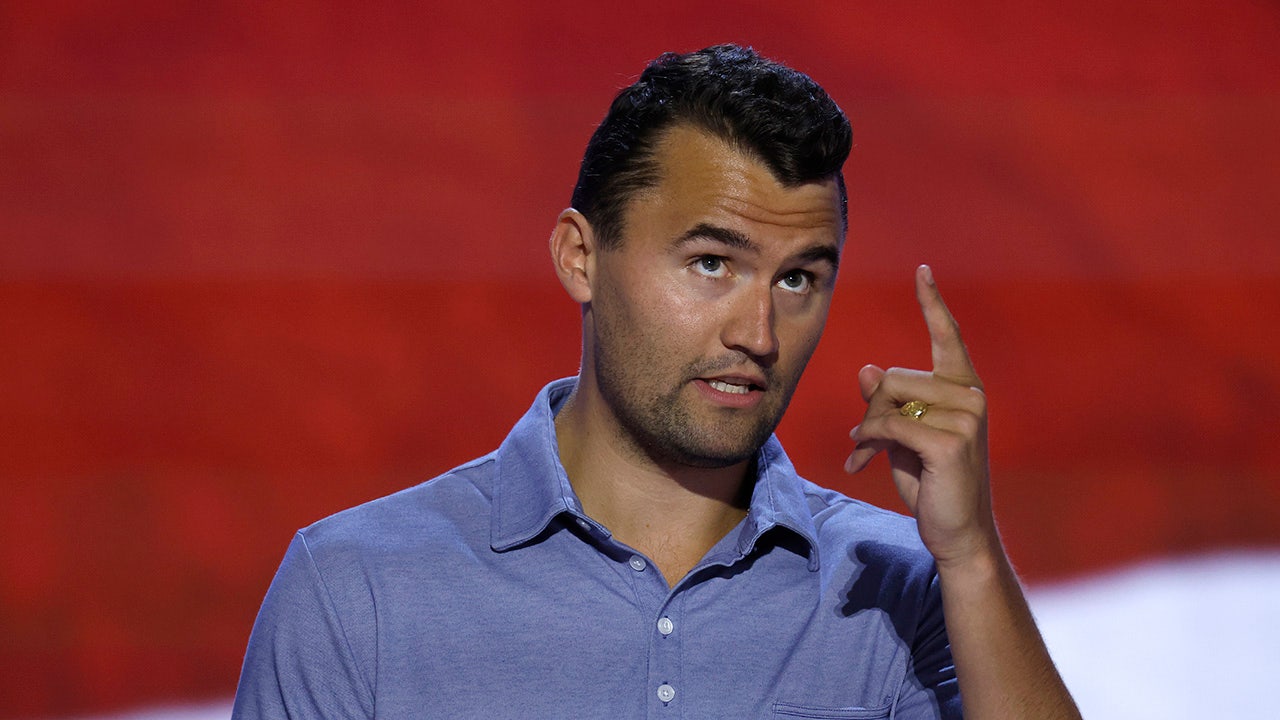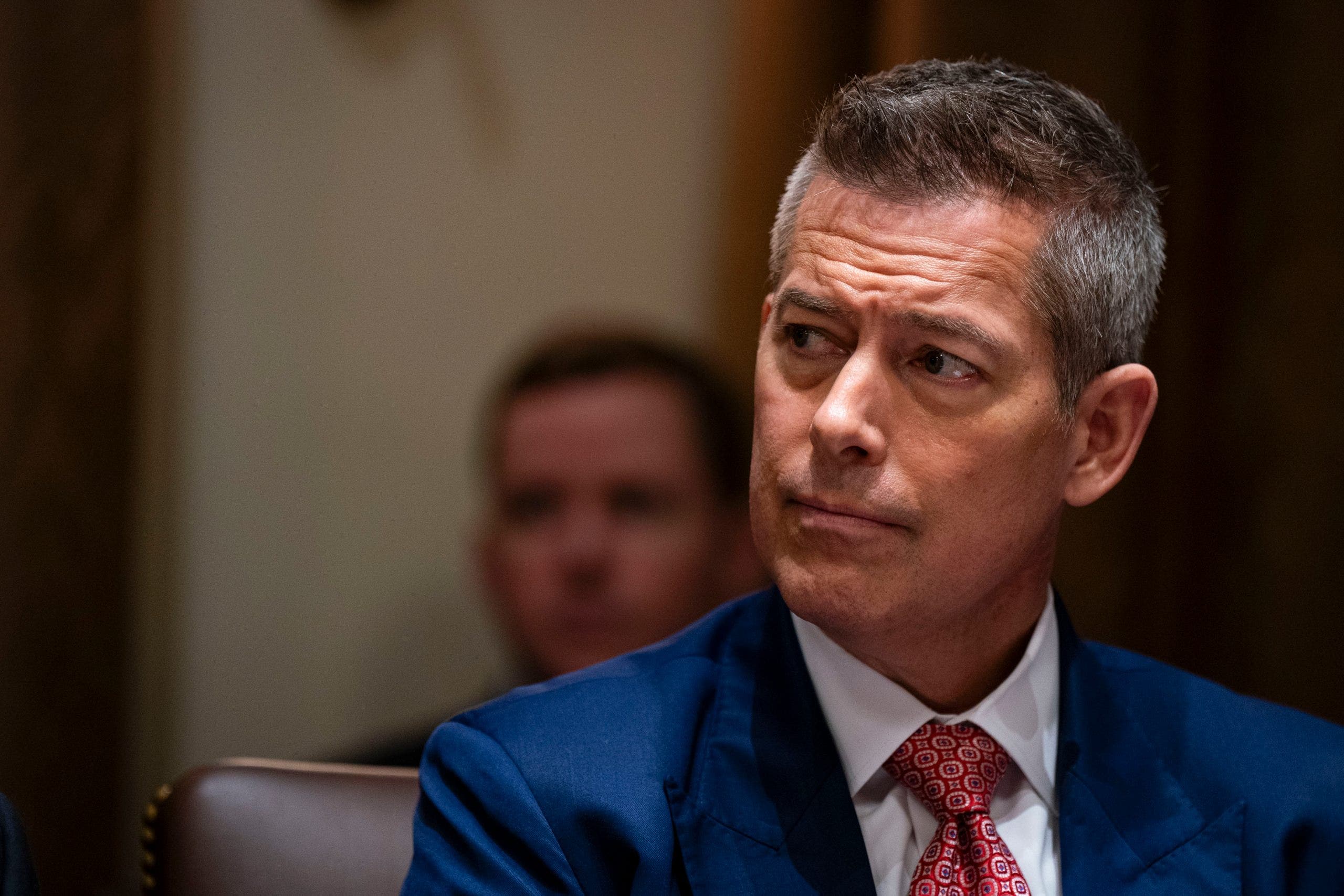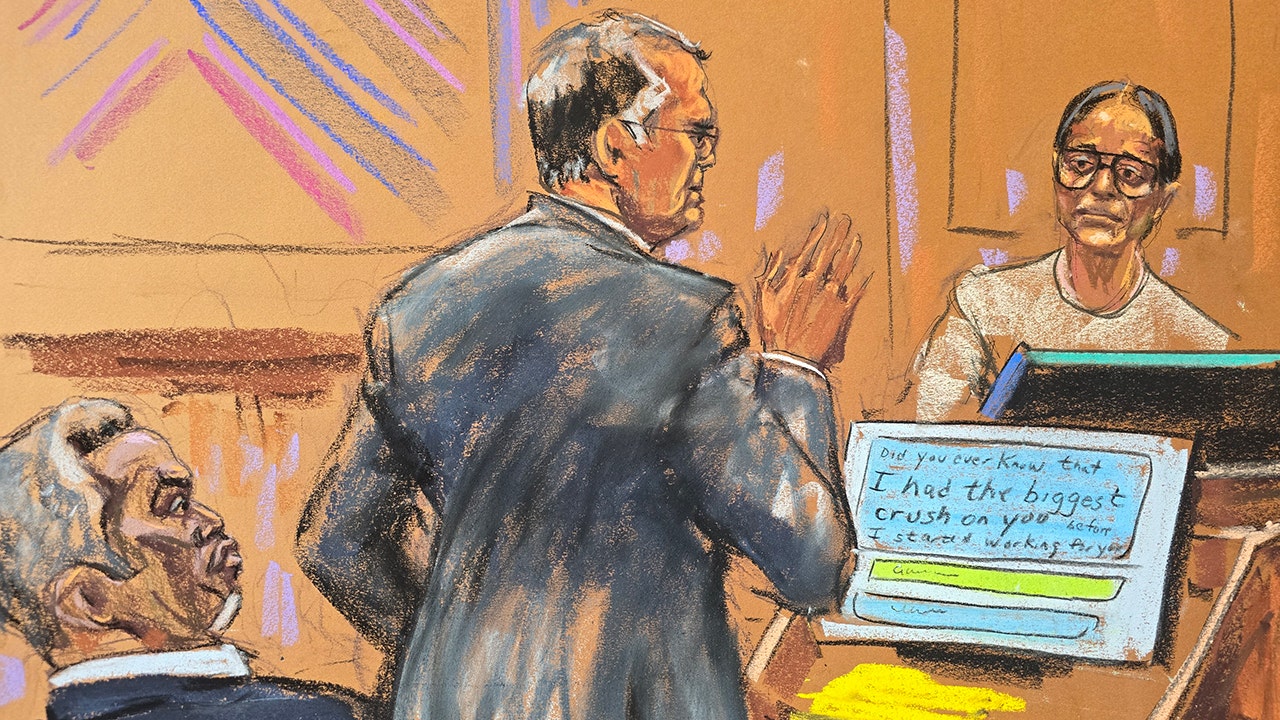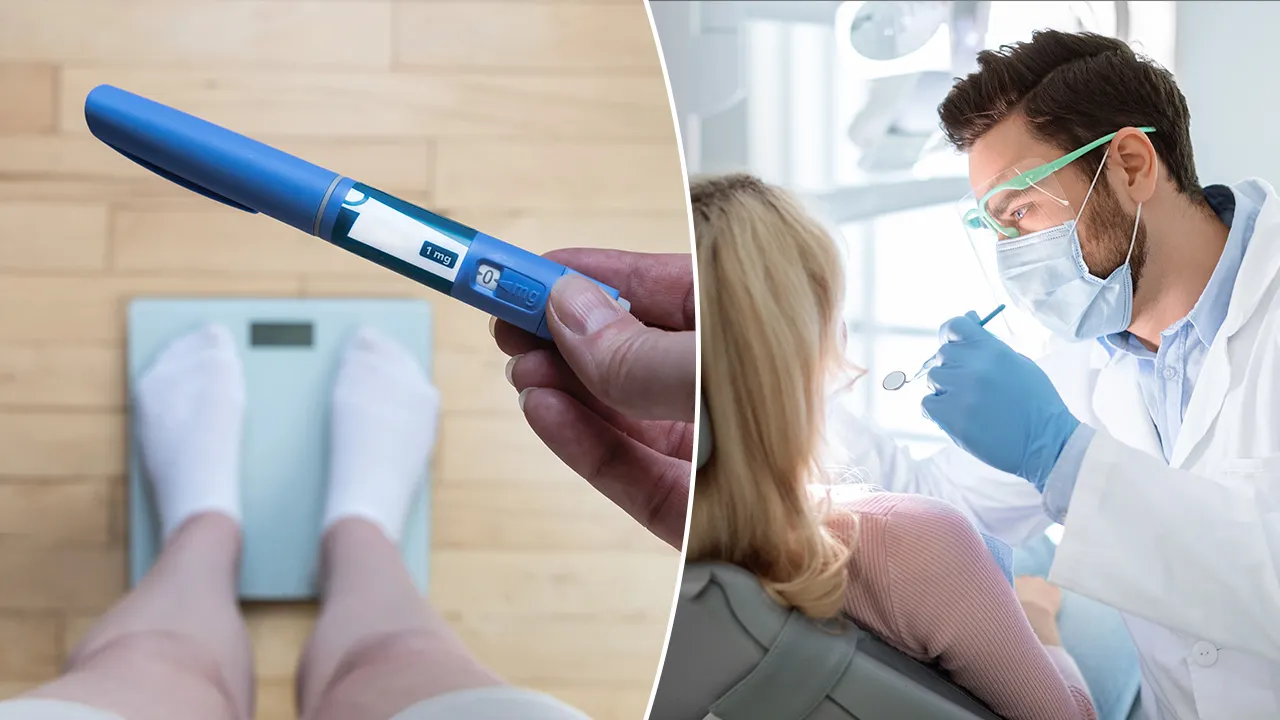NEWYou can now listen to Fox News articles!
Republicans and Democrats across the country can seem hopelessly divided these days. But there is a path to common ground in a cause with proven bipartisan appeal: education reform.
We recognize that partisan battles over education have become the norm in recent times, under presidents from both parties. Tensions have grown this year. It can be difficult to conceive of policy breakthroughs amid headlines about cuts in federal funding and layoffs at the Department of Education.
But imagine the potentially unifying appeal of a credible agenda to improve schools, colleges and universities. The nation must insist that they are laser-focused on providing quality education for all students, from preschool onward, and ensuring progress toward diplomas, degrees and other credentials. Schools and colleges must welcome public scrutiny and embrace the principle of accountability for results.
Let’s be honest: Too often, they fall short.

Educational performance is down but Americans have pulled together to fix our schools before. (iStock)
The federal test called the Nation’s Report Card found that 40% of fourth graders and 33% of eighth graders in 2024 scored below the standard for basic performance in reading. Scores have been declining since before the pandemic. This is tragic and unacceptable.
Higher education also faces stark challenges. Federal data shows that only 61% of full-time students who entered a four-year college in the 2014-2015 school year had earned a degree or other credential there within eight years. Rates were much lower for part-time students. While some transferred and graduated elsewhere, far too many left college with little to show for it.
Tackling these problems can pay political dividends. We know from experience.
One of us was secretary of education under a two-term Republican president, George W. Bush, who pushed schools to end achievement gaps in reading and math, so no child would be left behind. The other was a senior education official under a two-term Democratic president, Barack Obama, who spurred school reform initiatives within states and developed a dashboard, called the College Scorecard, to help families choose a college based on value.
Bush and Obama both sought to build bipartisan coalitions for education reform. They didn’t always succeed. Their policies provoked fierce debate. But they knew parents and taxpayers wanted schools and colleges to be held accountable for outcomes. They also saw access to excellent education as a fundamental civil right.
The bipartisan approach of both administrations did more than just bring people together; it produced results. Following passage of "No Child Left Behind," average reading scores for 9-, 13-, and 17-year-old students rose for the first time in decades. Scores for 9- and 13-year-olds even reached historic levels from 2008-2012.
Today’s political landscape seems more polarized. But the education challenges the nation faces under President Donald Trump are no less substantial. Taking them seriously just might help both parties.
That requires leadership from Washington and state capitals, a belief in the ideals of education, a willingness to set and pursue ambitious goals, and an ironclad commitment to tracking progress. It requires robust funding to support students from working-class families. It requires honoring schoolteachers and college faculty who make a difference. Finally, it requires reaching across the aisle.
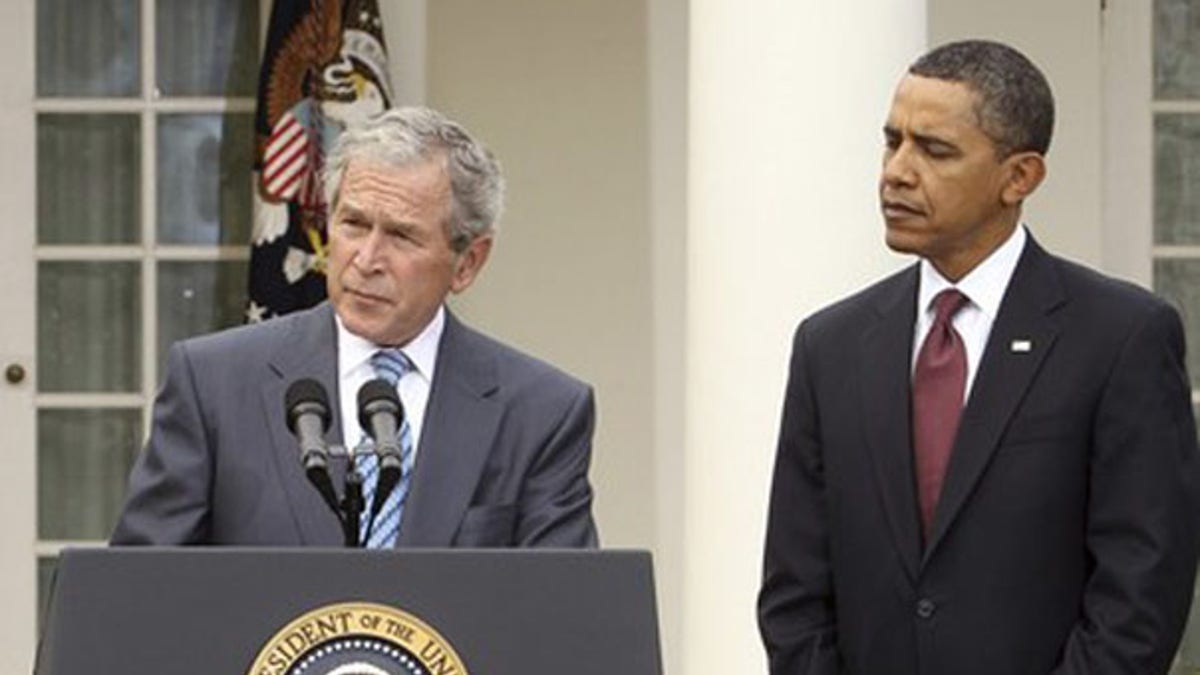
Both the Bush and Obama White Houses showed Americans can work together on education. FILE: Then-President Barack Obama listens to former President George W. Bush in the Rose Garden of the White House Jan. 16, 2010. (Reuters Photo)
The Bipartisan Policy Center recently launched the Commission on the American Workforce, co-chaired by a former Republican governor from Tennessee, Bill Haslam, and a former Democratic governor from Massachusetts, Deval Patrick. It is bringing together an array of voices across the political spectrum to develop a strategy to expand economic opportunity and ensure the nation remains competitive.
One of its working groups is focused on elementary and secondary education, including how to assess student performance, reform high schools, and improve teacher recruitment and training. Another group will consider policies to improve higher education and alternative pathways to prepare students for success.
SENATORS FORMALLY INTRODUCE BILL TO ELIMINATE DEPARTMENT OF EDUCATION
The American Council on Education, which represents colleges and universities of all kinds, is also eager to promote innovation and accountability. This year, ACE and the Carnegie Foundation for the Advancement of Teaching unveiled a new way to classify colleges and universities based on how well they provide students with access to a degree and a path to earning competitive wages.
CLICK HERE FOR MORE FOX NEWS OPINION
For the first time, the Carnegie Classifications system has designated 479 institutions as potential models for student success. They are called "Opportunity Colleges and Universities."
This cohort includes every type of institution, large and small, from community colleges to research universities. It could help light the way forward for all of us who believe that higher education must do more to demonstrate its value and regain public trust.
Those are vital steps to lay the groundwork for bipartisan reform. Raising graduation rates, containing costs, ensuring price transparency, and helping transfer students should be central goals. It should go without saying, too, that campuses must welcome all political viewpoints.
CLICK HERE TO GET THE FOX NEWS APP
We urge both Republicans and Democrats — President Trump, Education Secretary Linda McMahon, congressional and state leaders — to recognize the power of bipartisanship in education policy. Both parties have put it to good use.
More than 40 years ago, the Reagan administration convened experts who issued the landmark report "A Nation at Risk: The Imperative for Educational Reform." Since then, we’ve made and lost progress. Now is the time for our nation’s leaders to return to this essential cause. Students, parents, taxpayers, and voters all want their investments in schools and colleges to pay off. America’s future demands a new wave of education reform.
Ted Mitchell, U.S. under secretary of education from 2014 to 2017, is president of the American Council on Education.
Margaret Spellings, U.S. education secretary from 2005 to 2009, is president and CEO of the Bipartisan Policy Center.

 2 months ago
51
2 months ago
51




